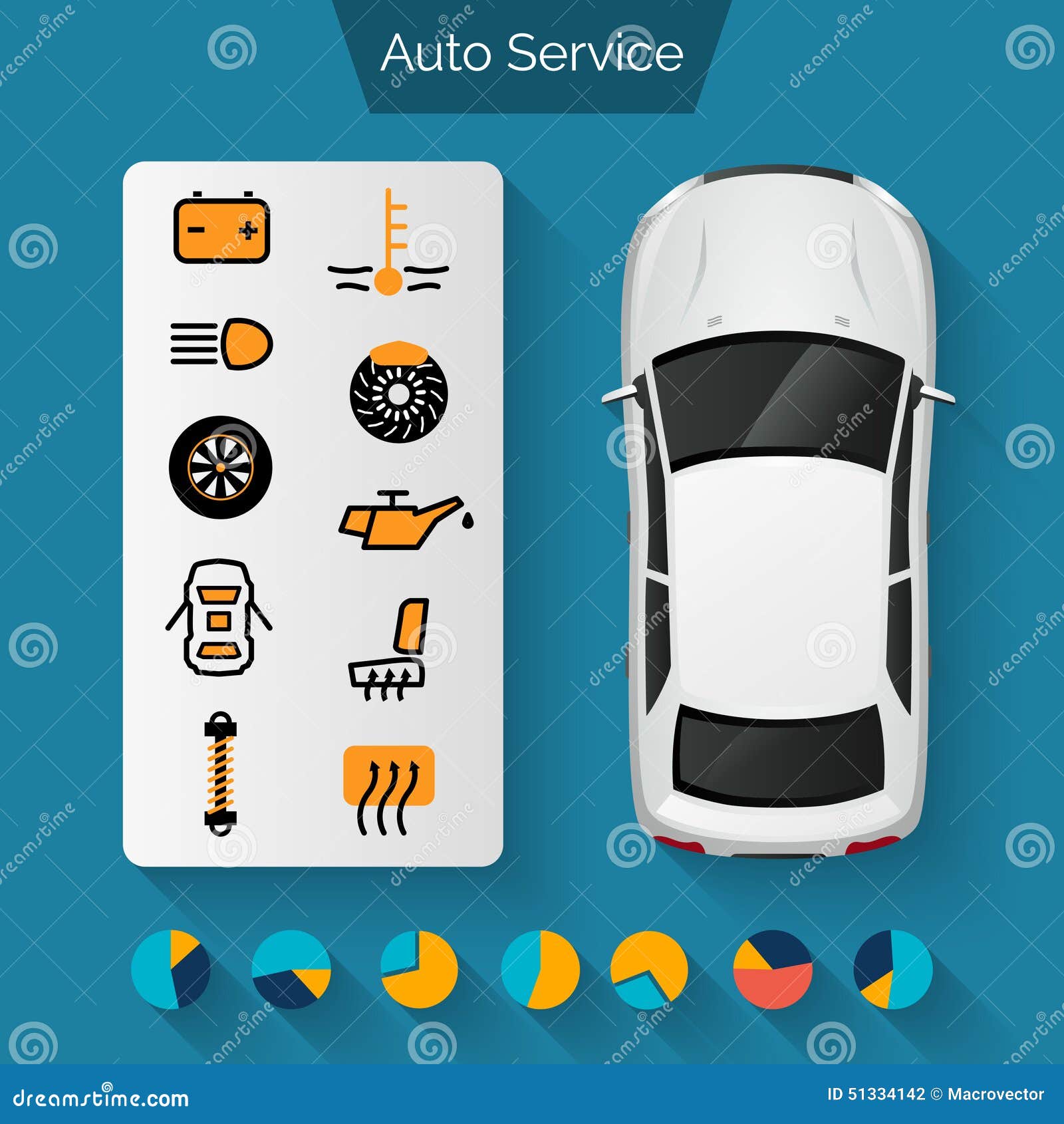Evaluating Your Cars And Truck'S Warning Indicators: What They Really Convey
Evaluating Your Cars And Truck'S Warning Indicators: What They Really Convey
Blog Article
Web Content Writer-Faulkner Stark
When you're behind the wheel, those radiant warning lights on your dashboard can be a little bit puzzling. Do you understand what they're attempting to tell you concerning your vehicle's health? Understanding the value of these lights is crucial for your safety and security and the longevity of your automobile. So, the following time one of those lights pops up, would not you want to decode its message properly and take the essential actions to resolve it?
Common Warning Lights and Interpretations
Recognize typical warning lights in your cars and truck and recognize their significances to make sure risk-free driving.
One of the most typical caution lights include the check engine light, which indicates issues with the engine or exhausts system. If this light begins, it's vital to have your vehicle checked promptly.
The oil pressure alerting light shows reduced oil stress, requiring instant attention to avoid engine damages.
A blinking battery light may suggest a damaged billing system, possibly leaving you stranded if not resolved.
car deataling (TPMS) light alerts you to reduced tire pressure, impacting vehicle stability and gas performance. Overlooking just click the up coming document can cause dangerous driving problems.
The ABS light indicates a problem with the anti-lock braking system, jeopardizing your ability to stop promptly in emergencies.
Last but not least, the coolant temperature level advising light warns of engine getting too hot, which can lead to serious damages otherwise settled quickly.
Understanding these common warning lights will aid you resolve problems quickly and maintain risk-free driving problems.
Importance of Prompt Attention
Comprehending the common warning lights in your cars and truck is just the first step; the value of without delay addressing these cautions can't be highlighted sufficient to ensure your safety when driving.
When a warning light illuminates on your dashboard, it's your cars and truck's way of interacting a prospective problem that needs attention. Overlooking these warnings can cause a lot more serious problems in the future, compromising your safety and security and possibly costing you a lot more in repairs.
Trigger attention to warning lights can avoid break downs and crashes. For instance, a blinking check engine light might show a misfire that, if left neglected, could cause damage to the catalytic converter. Resolving this quickly can conserve you from a costly repair service.
Similarly, a brake system alerting light might signal low brake liquid or worn brake pads, vital components for your security when driving.
Do It Yourself Troubleshooting Tips
If you observe a warning light on your control panel, there are a couple of DIY troubleshooting ideas you can attempt prior to seeking expert assistance.
The very first step is to consult your auto's guidebook to understand what the details caution light suggests. Sometimes the concern can be as simple as a loose gas cap causing the check engine light. Tightening up the gas cap might solve the problem.
Another common problem is a low battery, which can trigger different advising lights. Examining the battery connections for corrosion and ensuring they're safe and secure could deal with the issue.
If a caution light persists, you can attempt resetting it by separating the auto's battery for a couple of mins and then reconnecting it. Additionally, examining your car's liquid levels, such as oil, coolant, and brake liquid, can aid repair advising lights related to these systems.
Conclusion
In conclusion, comprehending your car's caution lights is essential for maintaining your car running smoothly and safely. By promptly attending to these informs and recognizing what they mean, you can avoid expensive repair work and potential breakdowns.
Remember to consult your vehicle's guidebook for particular information on each alerting light and do something about it appropriately to guarantee a trouble-free driving experience.
Keep informed, stay risk-free when traveling!
